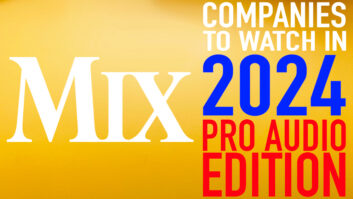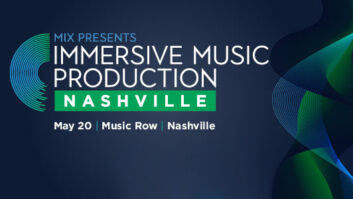
There’s a new buzzword in town: platform. Granted, the term itself isn’t new—we’re all familiar with the Mac OS and Windows platforms, which are neutral environments under which application programs can run. Platforms have existed in our industry for years as well. But at the 2018 Winter NAMM Show, the concept became more front of mind.
Given the pro audio and music industry’s relatively small slice of the economic pie, a platform makes sense. It’s increasingly difficult to bring a product to market (today’s software has a whole lot more lines of code than software in the ’80s or ’90s, and materials costs for hardware continue to rise), so products need staying power that allows amortizing development costs over as long a time as possible—and the longer the life, the more easily a platform can acquire enough users and partners to gain momentum.
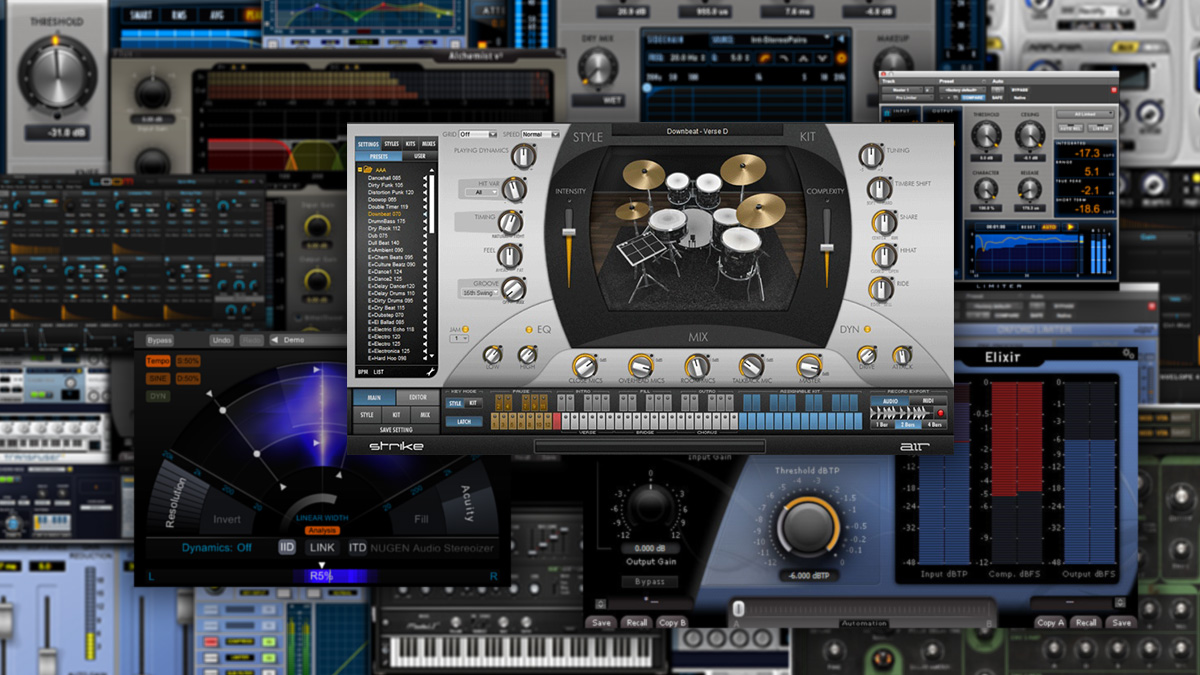
For example, Pro Tools is a platform that has cultivated partners to foster longevity and broad acceptance. Events like the Alliance Partner Conference promote the platform by disseminating information on what’s new, and showing developers how to use the Avid Marketplace and Alliance Partner Program to their advantage—which is ultimately to Avid’s advantage, but also helps their user base. Sibelius is getting a platform makeover, too, with much of it living in the cloud and cross-pollinating with the Avid Artist Community.
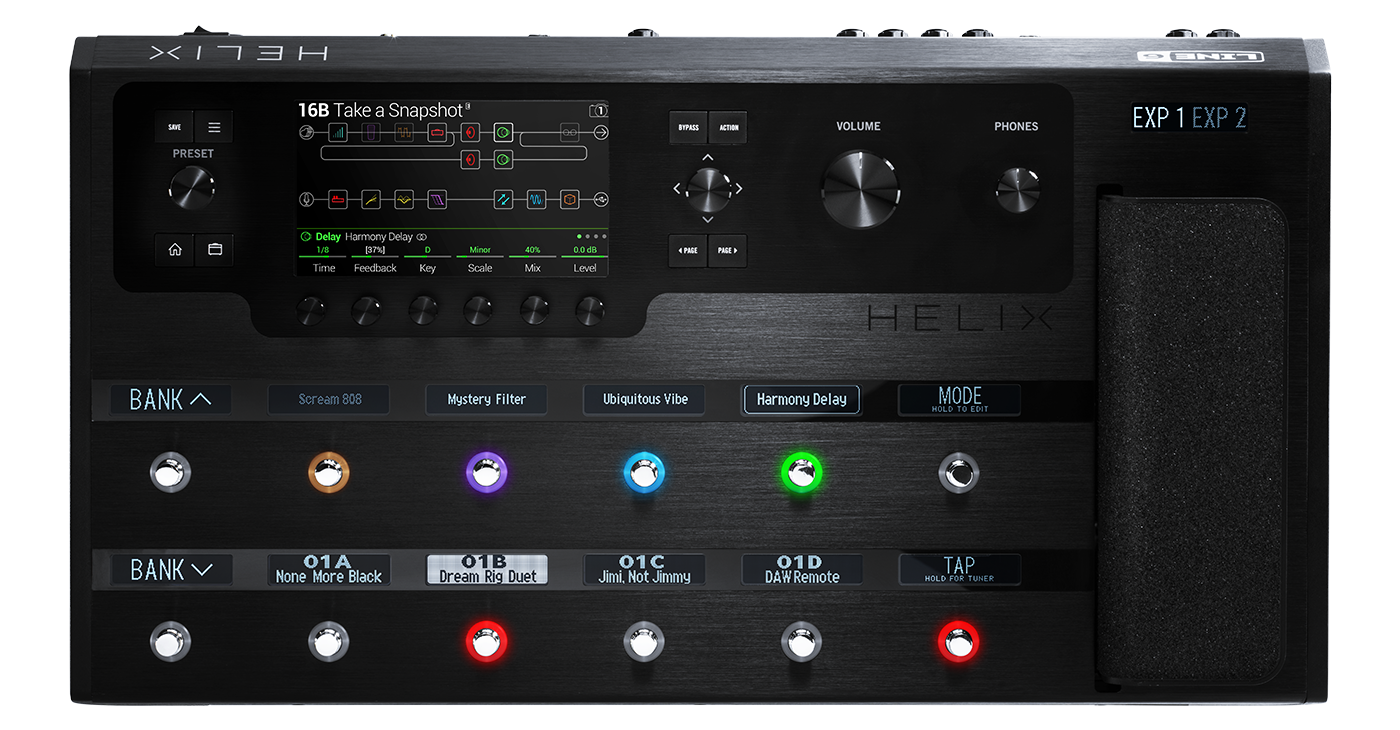
Line 6’s Helix effects processor is a different kind of platform. When introduced in 2015 and described as a “platform,” there was skepticism—a floor multi-effects platform? Seriously? However, time has shown it can be so. Staying power was designed into the hardware thanks to copious flash RAM and reserve processing power, which has allowed significant updates since the Helix’s introduction. It’s also spawned a native plug-in version, several cottage industries of people selling presets, and an effects-only multi-effects (no amps) at NAMM 2018. This kind of staying power has allowed the time for Helix to gain traction, while the constant reinvention that’s generally associated with platforms keeps it fresh.
Related: Line 6 Debuts Helix Native Plug-In, by Strother Bullins, Pro Sound News, Aug. 9, 2017
Voltage, a modular soft synth from Cherry Audio, is another platform. Sure, it’s a plug-in, but what earns it platform status is that users can create their own synth and signal processing modules in Java—like a Eurorack where code replaces resistors, capacitors and ICs. Voltage has another element that’s almost a platform requirement: a marketplace for third-party products that support the platform.

The company making the biggest splash about platforms is no stranger to platforms: Native Instruments. It’s become a leading company because of instruments like Kontakt, which has become the “go-to” sampler due to extensive third-party support, and Reaktor, which lets people build their own instruments and effects as well as sell the results. At NAMM, NI took the idea of “platforming” further by extending its NKS (Native Kontrol Standard) to encompass effects as well as virtual instruments. When you load a plug-in, NKS maps parameters transparently to NI’s hardware control surfaces; Waves, Softube, Eventide and others have already signed up. Although so far only NI hardware has been NKS-friendly, there was a reference to hardware from other companies possibly joining in eventually; that would take NKS beyond being a platform to being a much-needed industry standard.
Related: Software Tech: Is Modular Software the Future?, by Craig Anderton, Pro Sound News, Jan. 29, 2018
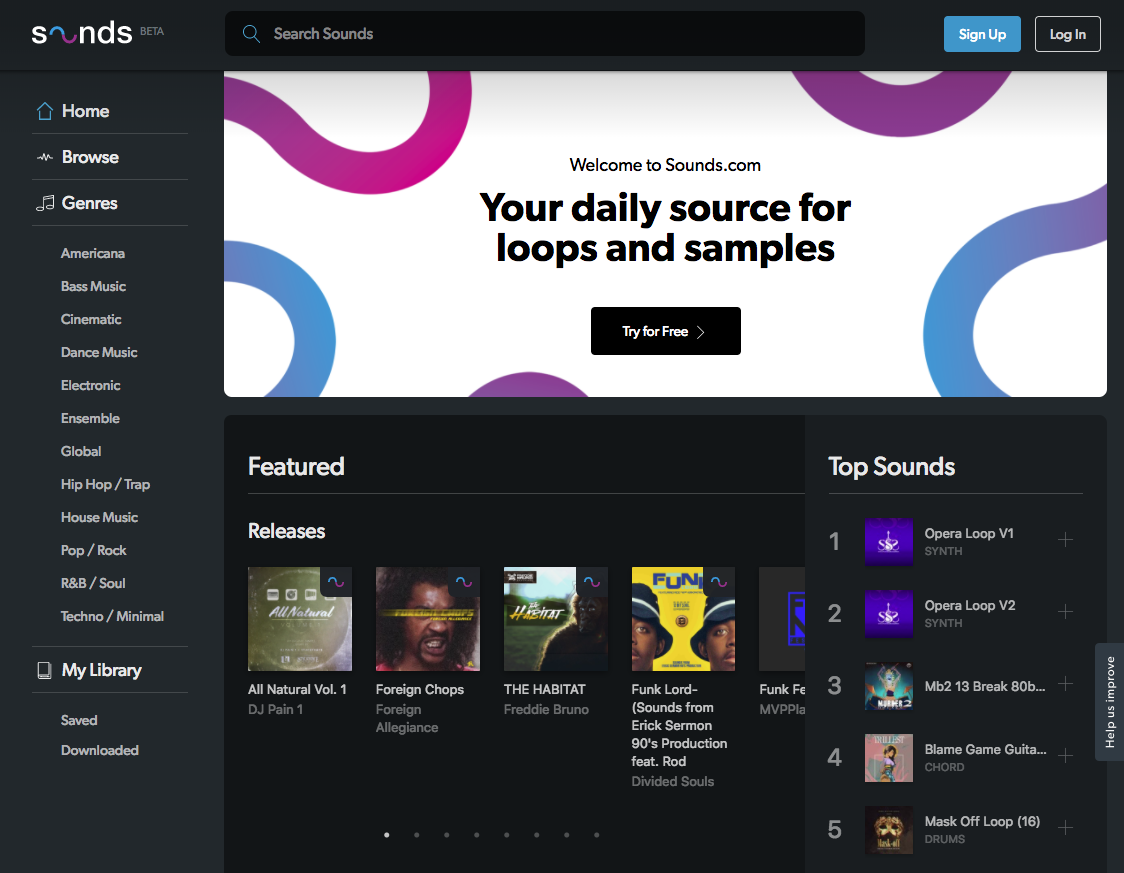
NI’s other platform announcement was the sounds.com marketplace, which is intended to become the place for people to download sounds and samples. It’s not just a way to sell NI’s products; the company expects its contributions will be far outpaced by those from third parties. The introductory pricing is aggressive—under $10 a month—but whether it will be able to maintain that is anyone’s guess given that marketplace participants will need to derive income to make it worthwhile. It’s hard to imagine someone buying a sample library for $49.95, no matter how good it is, when they could get five months of downloading all the samples they want for the same price. You’ll hear the Spotify pro-and-con arguments all over again.
Regardless, the world is changing, and platforms are becoming places for the tribes to gather. The benefits are clear: less obsolescence, more stability, and marketplaces that give more people creative outlets and expand variety. However, they could also make life tough for the “little guys” and force conformity if the platform ends up being rigid. Probably the future lies somewhere in between, where the brilliant platforms will thrive, while anything that falls below those standards of brilliance won’t have a chance.
Author/musician Craig Anderton updates craiganderton.com every Friday with news and tips. His latest album, Simplicity, is now available on Spotify and cdbaby.


